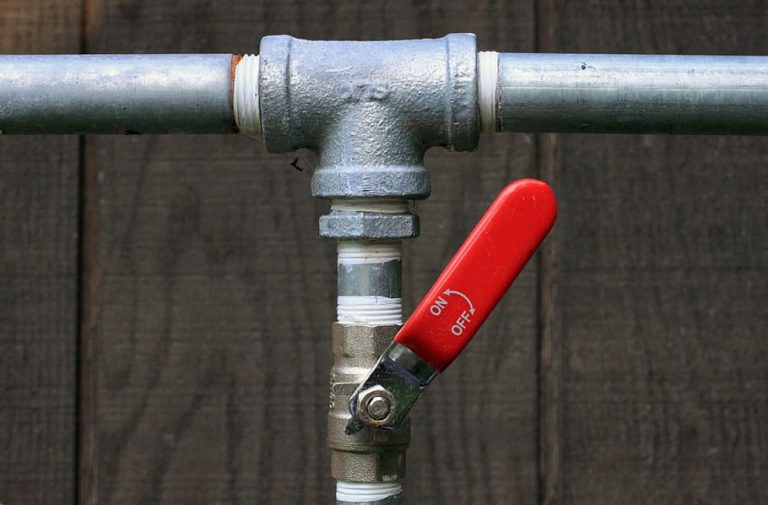When it comes to protecting your home from potential water disasters, one of the most crucial components is often the most overlooked: the main water shut-off valve. This unassuming device serves as your first line of defense against leaks, bursts, and other plumbing emergencies that can cause extensive damage to your property. In this blog post, we’ll explore what the main water shut-off valve is, why it’s essential, how to locate it, and what steps to take in case of a water-related emergency.
Understanding the Main Water Shut-Off Valve
The main water shut-off valve is a critical part of your home’s plumbing system. This valve is responsible for controlling the flow of water into your entire house. In the event of a plumbing emergency, such as a burst pipe or a major leak, turning off this valve can stop the water supply and prevent further damage. Whether you’re dealing with a minor leak or a major flood, having quick access to and knowledge about your main water shut-off valve can make all the difference.
Importance of Knowing Its Location
Locating your main water shut-off valve is a task that every homeowner or resident should undertake as soon as they move in. This valve is usually situated close to where the main water supply enters your home. Common locations include basements, crawlspaces, utility rooms, or garages. In some cases, it might be outside the house. Knowing its exact location can save you precious time during a water-related crisis.
Steps to Locate the Main Water Shut-Off Valve
- Check Near the Perimeter: Start by looking along the perimeter of your house’s interior. Check the basement, crawlspaces, and utility rooms.
- Follow the Pipes: The main water line usually runs in a straight line from where it enters your house. Follow this line to find the shut-off valve.
- Check the Water Meter: Your shut-off valve might be located close to the water meter. It’s often in the same vicinity.
- Look Outside: If you can’t find the valve inside, it might be located outside your house. Check near the foundation or the edge of your property.
- Consult House Plans: If available, refer to your house plans or blueprints. They might indicate the location of the shut-off valve.
Emergency Steps to Take
In the event of a plumbing emergency, every second counts. Here’s what you should do if you encounter a major leak or burst pipe:
- Remain Calm: Panicking won’t help. Stay calm and collected.
- Turn Off Electricity: If water is pooling near electrical outlets or appliances, switch off the electricity to avoid potential electrocution hazards.
- Locate the Shut-Off Valve: Immediately turn off the main water shut-off valve to stop the water flow and prevent further damage.
- Open Faucets: Open faucets throughout the house to relieve any remaining pressure in the pipes.
- Call for Professional Help: Contact a plumber to assess and repair the issue. If the situation is severe, you might also need to call a water damage restoration company.
Conclusion
The main water shut-off valve might be one of the most overlooked aspects of your home, but it’s undoubtedly one of the most critical. Knowing its location and how to operate it can save you from extensive water damage and expensive repairs. Take the time to locate your shut-off valve today, and ensure that everyone in your household knows what to do in case of a plumbing emergency. Remember, preparedness is key to minimizing the impact of unexpected water-related disasters.
